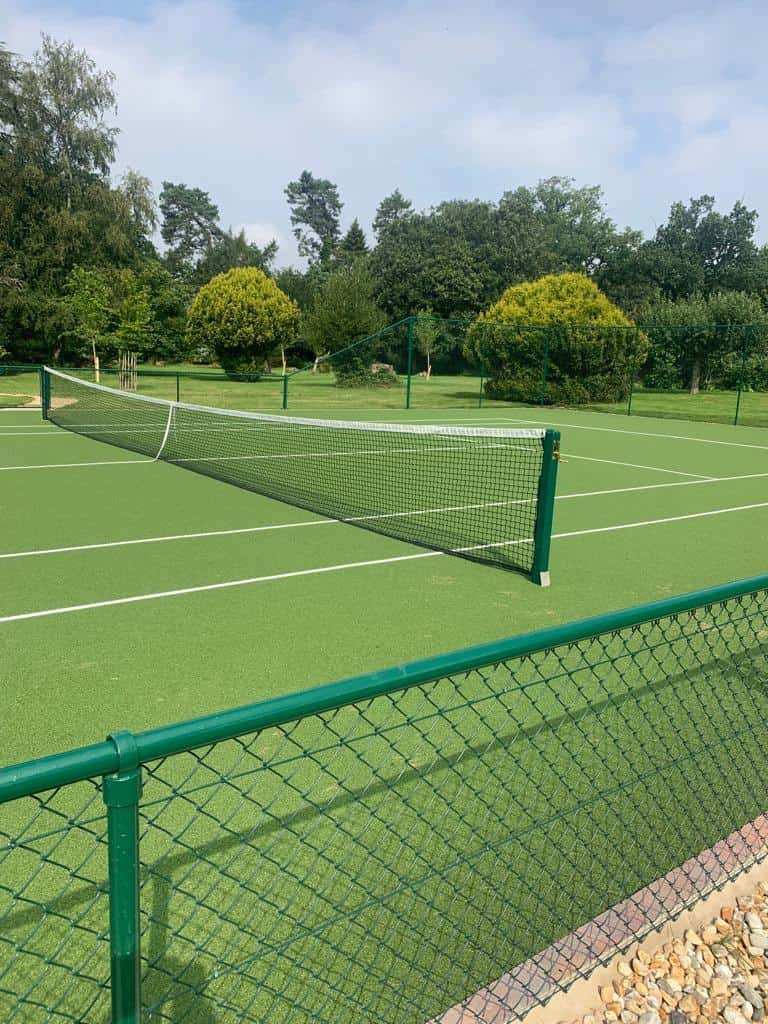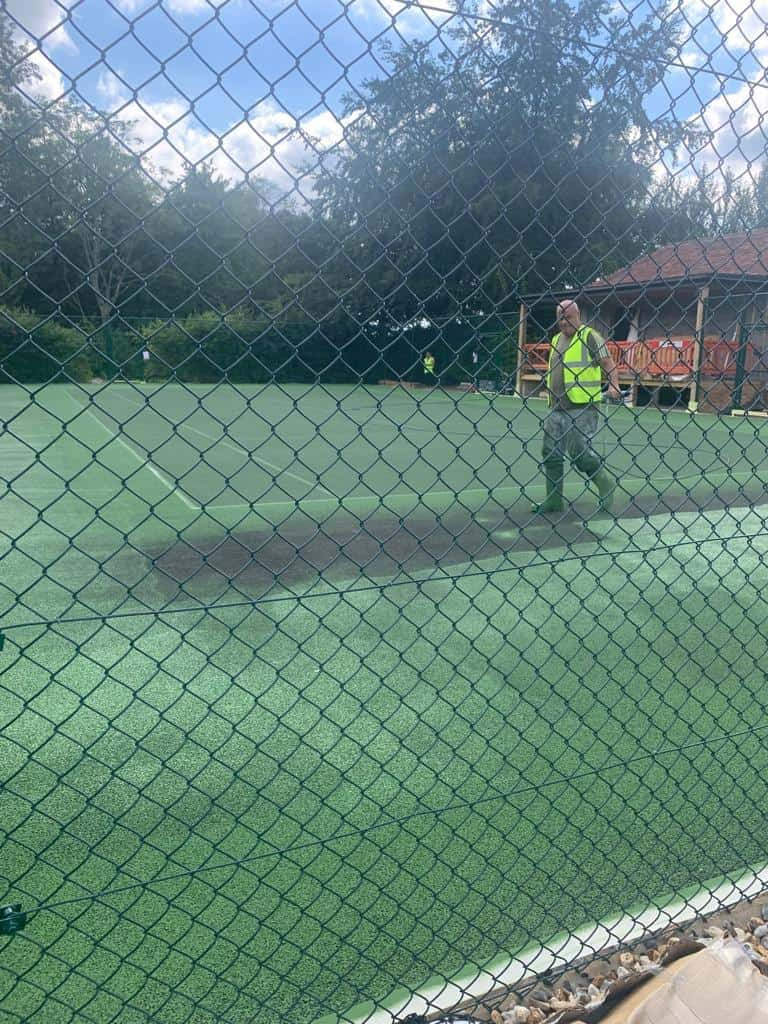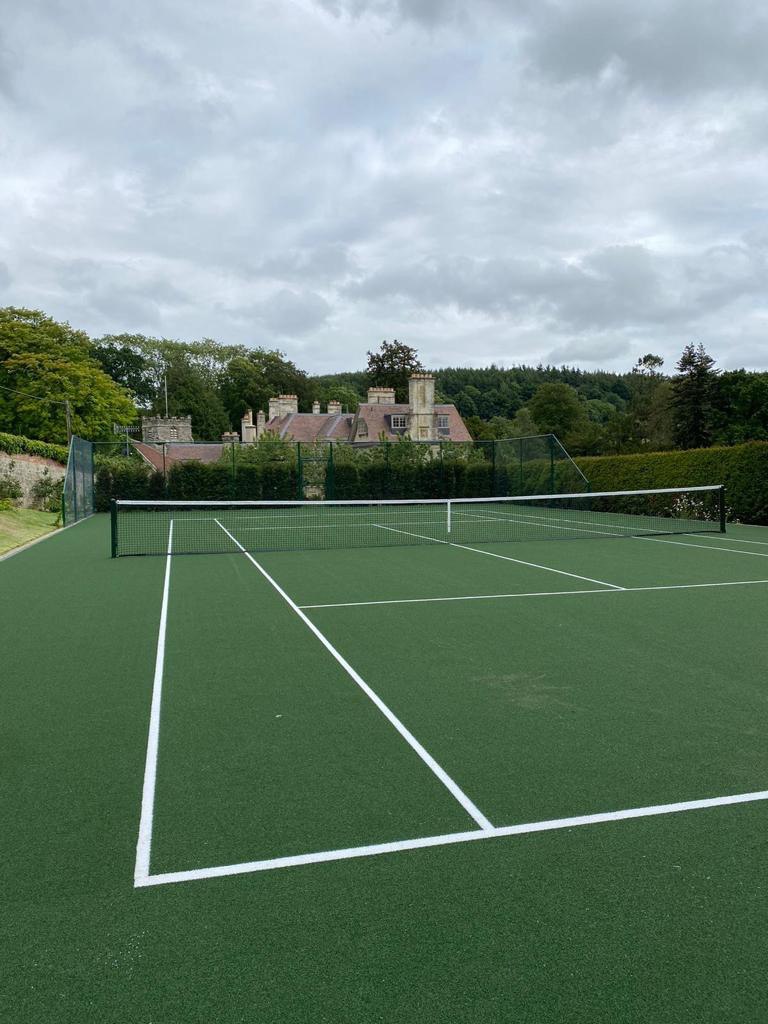Introduction: Tennis courts are not just places for athletic competition but also spaces where players engage in intense mental battles. The colours used on tennis courts can significantly impact players’ emotions, concentration, and overall performance. In this blog post, presented by Tennis Court Construction Kent, we’ll explore the fascinating world of tennis court colour psychology and its role in refurbishment projects.
Understanding Color Psychology:
- Colour psychology is the study of how colours affect human behaviour and emotions. Different colours evoke specific psychological responses, influencing mood, perception, and physical reactions. For example, warm colours like red and orange are associated with energy, excitement, and passion, while cool colours like blue and green are calming and soothing.
Enhancing Visibility and Contrast:
- Visibility and contrast are essential considerations when refurbishing a tennis court. Bright, vibrant colours such as green, blue, and purple are commonly used for tennis court surfaces because they provide excellent visibility and contrast against the bright yellow tennis ball. These colours help players track the ball’s trajectory more easily, improving reaction time and accuracy.
Creating a Sense of Space:
- Colour can also affect perceptions of space and distance on a tennis court. Lighter colours like white, beige, or light blue can make the court appear larger and more open, creating a sense of expansiveness and freedom. Conversely, darker colours like navy blue or forest green can make the court feel smaller and more intimate, enhancing focus and concentration.
Setting the Tone for Competition:
- The colours used on a tennis court can set the tone for competition and influence players’ mental states. Bright, bold colours like red or orange can create an atmosphere of intensity and excitement, motivating players to give their all on the court. In contrast, softer, more muted colours like pastel blue or green can promote a sense of tranquillity and relaxation, helping players stay calm and focused during matches.
Reflecting Brand Identity:
- For tennis clubs and facilities, the colours used on the court can reflect the organisation’s brand identity and values. Incorporating corporate colours or logos into the court design can strengthen brand recognition and create a cohesive visual identity across all aspects of the facility. Customised court colours can also help differentiate a facility from competitors and attract players and spectators.
Considering Environmental Factors:
- When selecting colours for tennis court refurbishment, it’s essential to consider environmental factors such as climate and lighting conditions. Lighter colours may be more suitable for courts in hot, sunny climates, as they reflect heat and reduce surface temperature. Conversely, courts may prefer darker colours in cooler climates, as they absorb heat and help melt snow and ice more quickly.
Conclusion: Tennis court colour psychology is a fascinating aspect of court design that can significantly impact players’ experiences and performance. Experts can help clients create great courts and enhance playability and enjoyment by understanding how colours affect mood, visibility, and perception. Whether you’re refurbishing an existing court or building a new one, trust experts to bring your vision to life with the perfect blend of colour psychology and design aesthetics.
Call us on: 01580 234 693
Click here to find out more about Tennis Court Construction Kent
Click here to complete our contact form and see how we can help with your court needs.



